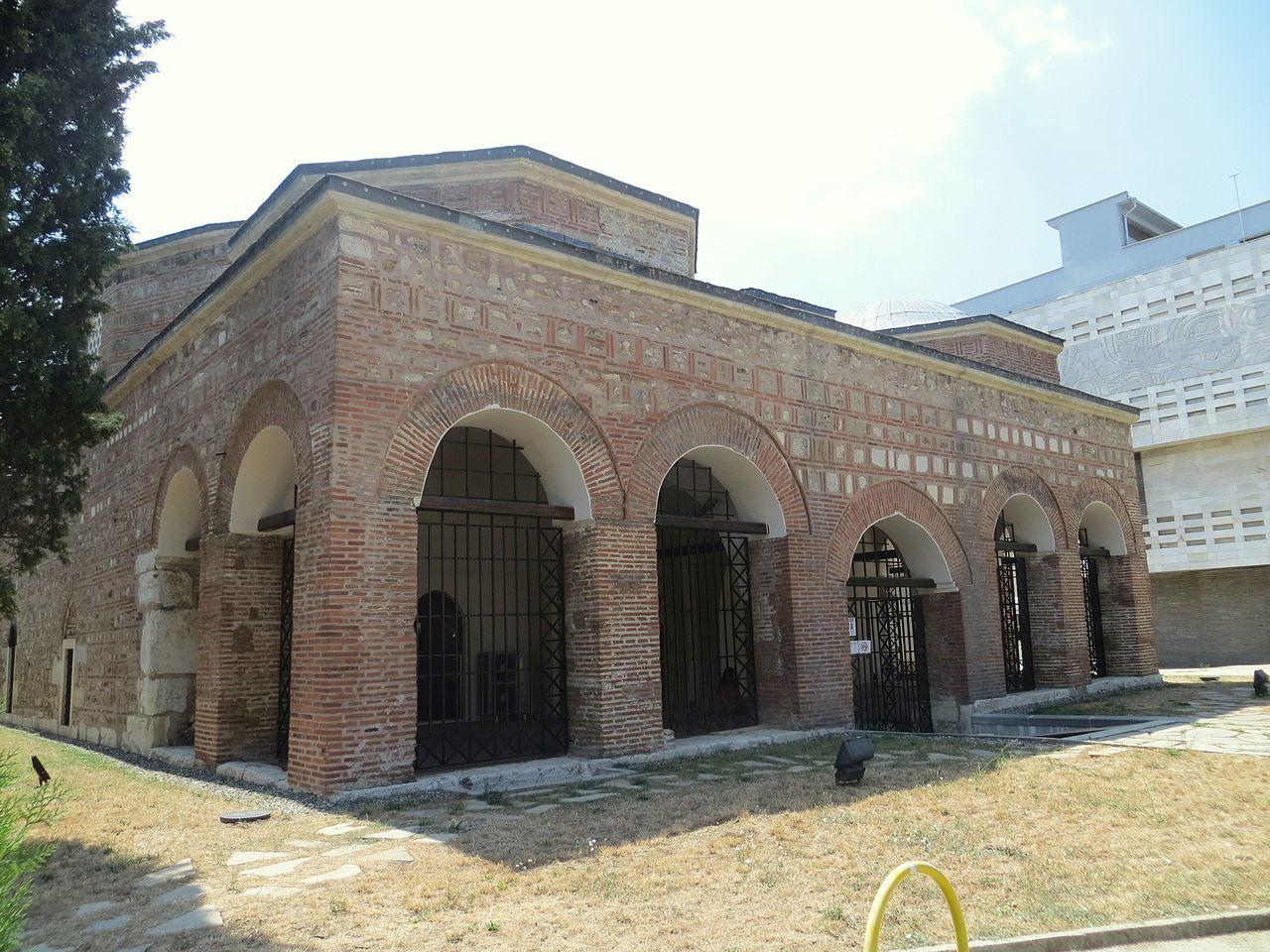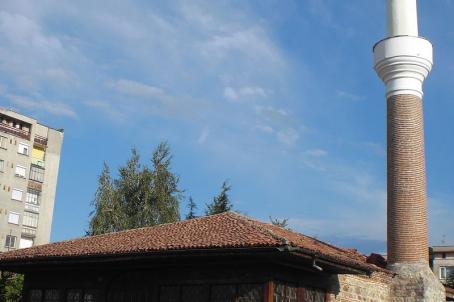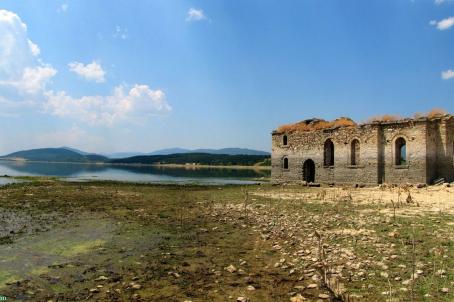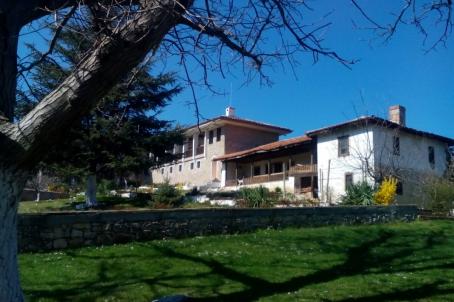Eski Mosque

Also known as Mosque of Hamza Bay, it has the second largest single-domed among the Ottoman mosques when built. In 1856, the mosque was badly damaged by fire and the Baroque- style ornamental mural on its interior walls probably dates to after the fire in 1859 or 1860. In 2008-2013, its building was re-restored with a grant from the European Union and turned into a Museum of Religions.
About this building
The Museum of Religions in Stara Zagora, Bulgaria, stands as a unique testament to the continuity of religious practices throughout history. Archaeological surveys have uncovered remains from various periods, including a cult pit from the Early Iron Age, a Thracian horseman sanctuary, a medieval Christian cemetery church, and a Muslim temple recognized as a national antiquity.
The well-preserved Muslim temple, known as the Eski Mosque, showcases meticulous frescoes, recognized as national cultural monuments. The architectural complex's excavation revealed a rare stratification of religious practices, making it an exceptional site.
The Eski Mosque is the only surviving public building after Stara Zagora's burning during the Russo-Turkish War. Used for Christian services and rituals post-liberation, it became a symbol of religious continuity. Designated as a national historical and architectural monument, the Eski Mosque boasts stunning architecture and vibrant frescoes.
The museum showcases the preserved cult elements and intricate decorations, displaying the mastery of the unknown Master Painter. With its exceptional history and religious diversity, the Museum of Religions remains a unique and significant cultural site in Bulgaria. In 2011, a restoration project was undertaken by the Ministry of Culture to conserve and display the complex's rich heritage.





